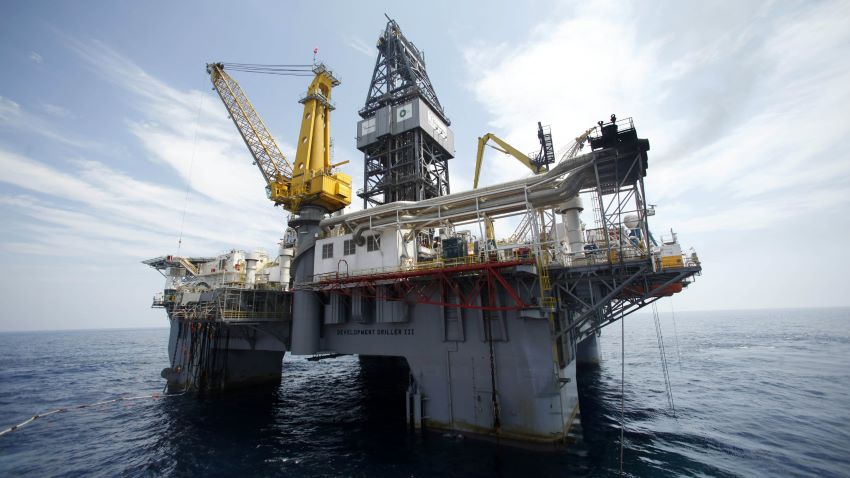In brief
- In its latest medium-term market study, Oil 2024, the IEA predicted oil demand growth will moderate before peaking above 106 million barrels per day by 2030.
- IEA predicts worldwide oil production capacity to rise to about 114 million barrels per day by 2030, 8 million more than expected global demand.
- These factors might have “significant consequences” for oil markets, it said.
The International Energy Agency stated on Wednesday that U.S.-led global oil production growth will surpass demand growth between now and the end of the decade, pushing spare capacity to historic levels and potentially upending OPEC+ market management.
IEA Executive Director Fatih Birol warned Big Oil that the forecast may require them to adapt their business plans.
In its latest medium-term market study, Oil 2024, the global energy regulator forecast that oil demand growth would decelerate before peaking at roughly 106 million barrels per day by 2030. Up from a little over 102 million barrels per day in 2023.
The IEA predicts worldwide oil production capacity to rise to about 114 million barrels per day by 2030, 8 million more than expected global demand.
IEA: This would yield a record-high spare capacity, except during Covid-19 lockdowns in 2020.
These trends might have “significant consequences” for oil markets, particularly the U.S. shale industry, OPEC, and other producer economies.
According to the IEA, “as the pandemic rebound loses steam, clean energy transitions advance, and the structure of China’s economy shifts, growth in global oil demand is slowing down and set to peak by 2030.”
“Based on the latest data, this report’s projections show a major supply surplus emerging this decade, suggesting that oil companies may want to prepare their business strategies and plans for the changes,” he added.
The research comes as countries move away from fossil fuels and embrace sustainable, energy-saving technologies. Burning coal, oil, and gas is the main cause of the climate issue.
The IEA predicts fossil fuels to drop to 73% by 2030 from 80% for decades.
Decline in advanced economy oil demand
Even though oil demand is predicted to drop, the IEA predicts that crude demand would be 3.2 million barrels per day more by 2030 than in 2023 without greater policy measures or behavioural improvements.
Its strong demand from fast-growing Asian countries, aviation, and petrochemicals drives this expansion.
However, the IEA predicts that oil demand in industrialised economies will drop below 43 million barrels per day by 2030, from 46 million last year. The IEA claimed advanced nations’ oil demand was last so low in 1991, excluding the coronavirus outbreak.
In a key 2021 study, the IEA advised against new oil, gas or coal expansions to reach net zero by 2050.
Many OPEC+ producers criticised the report, advocating for dual investment in hydrocarbons and renewables until green energy can meet global consumption needs.
Saudi Arabia leads OPEC+, an influential energy partnership comprising OPEC and non-OPEC members.
Source : CNBC News




